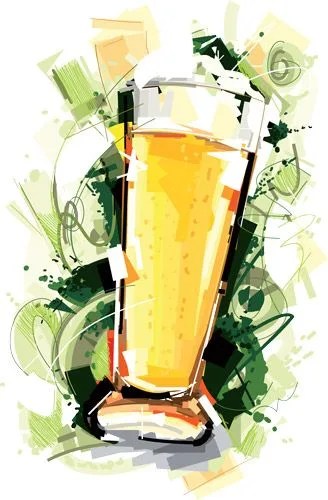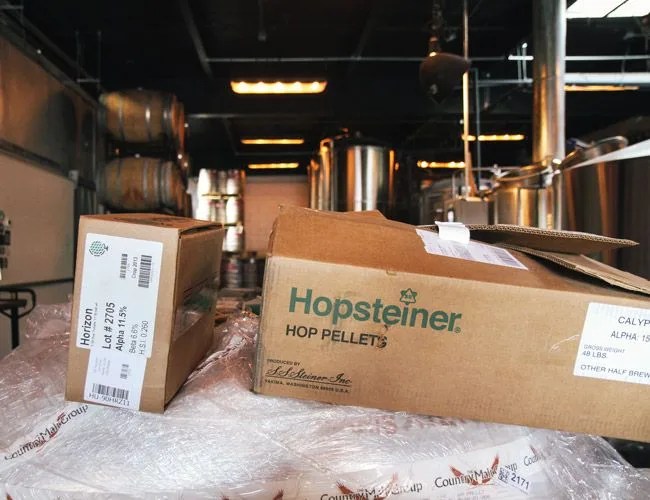If there’s one thing that craft brewing is known for, it’s hops, the flowers that provide the beloved bitterness, citrus and general deliciousness behind some of our favorite beers. From the increasingly ubiquitous IPA to the imperials and triples to pale ales and hoppy pilsners, hops are everywhere. And that’s why we’re running out.
With the craft beer boom in the early aughts, hops were thrown into boilers in unprecedented volumes. Certain strains became popular while brewers like Lagunitas, Oskar Blues and Sierra Nevada all grew rapidly. Popular hop strains are now almost impossible to get your hands on. As a result, new brewers are struggling to make the beer they want to make. While we aren’t in danger of losing beer altogether, small breweries are certainly feeling the strain of high demand and limited supply.
Since they started bubbling up in the mid ’80s, small craft breweries have skyrocketed in numbers. By the end of 2014, Forbes reported that there were 3,400 breweries in the US, up from 44 in 1979. While the country’s biggest beer providers, like Anheuser-Busch and MillerCoors, continue to succeed, there has been a constant rise in craft brew consumption. According to the Brewers Association, the overall beer market in 2014 was valued at $101.5 billion and the craft beer market was 19.3 percent of that at $19.6 billion. While that 19.3 percent dwindles down to just 11 percent when measured by volume instead of cost, that’s still substantial, especially when you consider all the advantages that global distributors have when they are making cheap beer in unfathomable volumes. You get a sense of the scale of production with the knowledge that of the 3,400 or so breweries in the country, 98.6 percent of them are considered “craft”. That means that 1.4 percent of the breweries are producing 89 percent of the beer by volume.

So, what does this mean for hops? Well, per barrel of beer, craft uses more than four times the amount of hops as traditional breweries. Typically, IPAs have at least two pounds per barrel, while traditional macro brews have less than half a pound — but some new breweries are scaling that up significantly. Samuel Richardson, owner and brewmaster at Other Half Brewing, said that their First Anniversary IPA, which was brewed just once in January, had a whopping 10 pounds of hops per barrel of beer. For a 20-barrel batch, that’s 200 pounds of hops. The hops that went into this beer weren’t just whatever they had in the shop either. They mixed Simcoe, Amarillo, Centennial, Cascade and Ahtanum, all hops that have become popular in breweries across America. They produce sought-after flavors that are hard to replicate by mixing other hops. These are the hops that are becoming increasingly harder to get ahold of.
Know (Some of) Your Hops
Galaxy: A highly sought-after hop out of Australia. Galaxy has a massive oil content and is commonly used for its pungent citrus and passionfruit flavors. It’s most common in pale ales and IPAs.
Best Examples: Galaxy IPA, Other Half Brewing; Double Galaxy, Hill Farmstead

